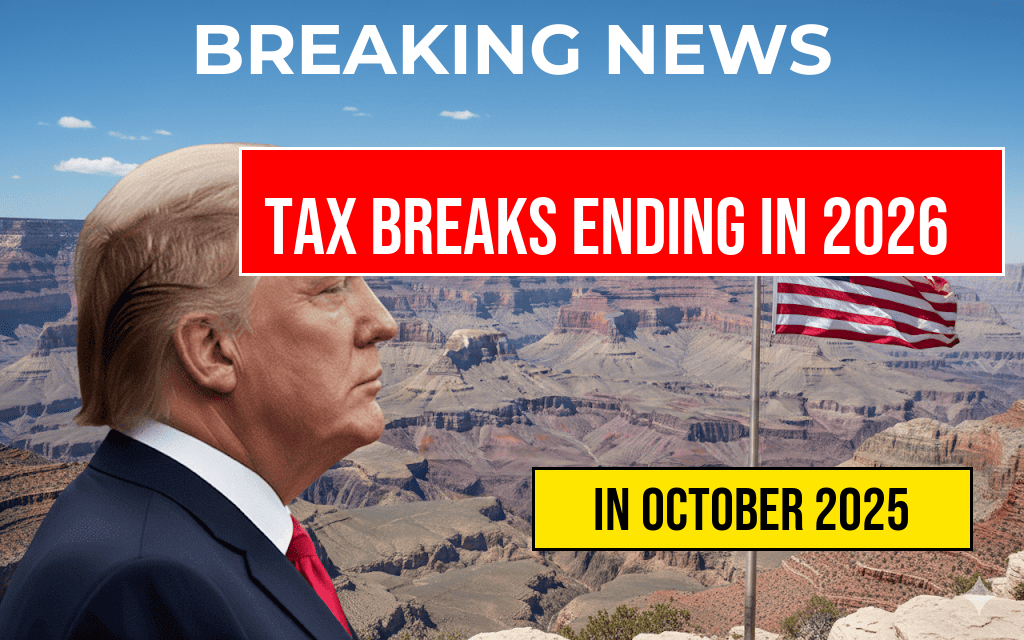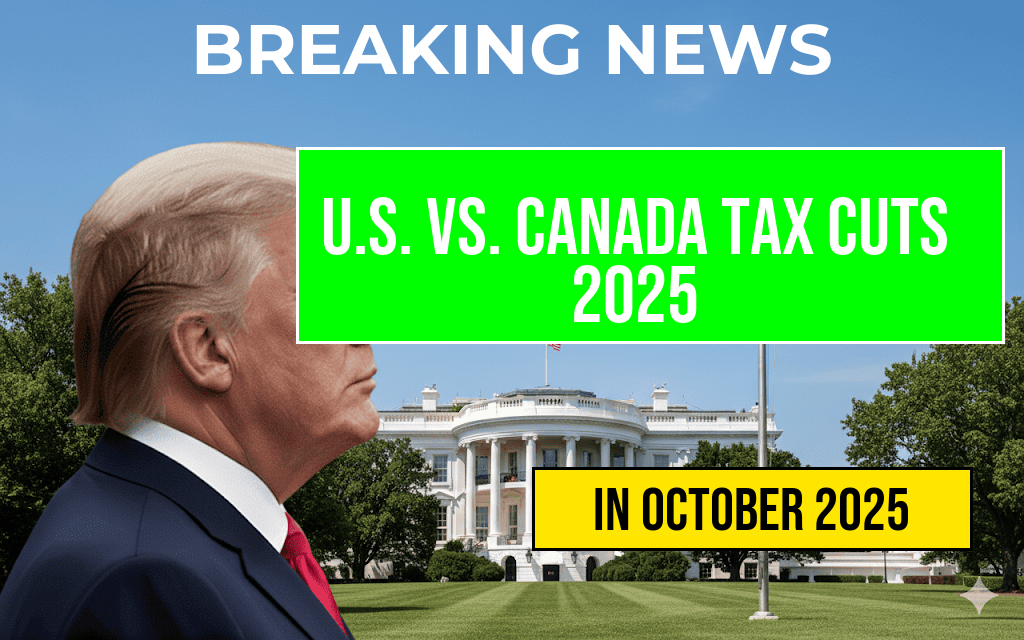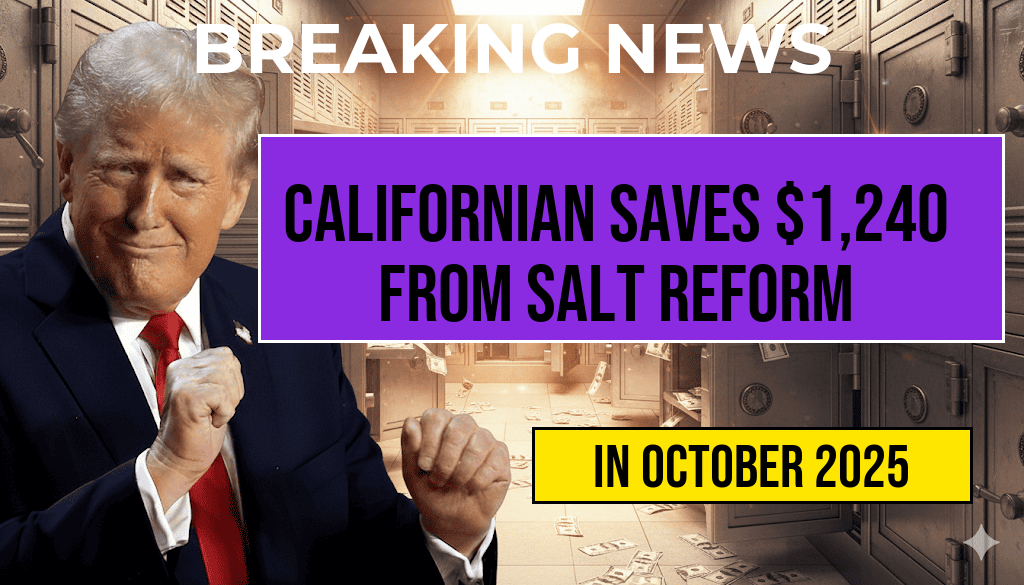The recent Rescissions Act has resulted in a significant reduction of public broadcasting funds, amounting to approximately $1.1 billion. This move, approved by Congress and signed into law last week, reflects shifting fiscal priorities amid broader budget constraints. The funding cut is expected to have immediate and long-term impacts on national and local public media outlets, which rely heavily on federal support to operate and expand their services. Stakeholders across the media landscape have expressed concern over potential disruptions, including staff layoffs, programming reductions, and diminished outreach capabilities. Policymakers and industry leaders are now engaging in discussions about how this budget adjustment will reshape the future of public broadcasting across the United States.
Details of the Funding Reduction
Scope of the Rescission
The Rescissions Act specifically targets allocations made to the Corporation for Public Broadcasting (CPB), which distributes federal funds to public radio and television stations. The legislation reduces the overall budget for FY 2024 by $1.1 billion, representing a roughly 15% cut from previous levels. This reduction is part of a broader effort to trim federal expenditures amid ongoing debates over national debt and fiscal responsibility.
Distribution of Funds
| Funding Source | FY 2023 Appropriations | FY 2024 Appropriations (Post-Rescission) | Change |
|---|---|---|---|
| Corporation for Public Broadcasting (CPB) | $445 million | $350 million | -$95 million |
| State and Local Grants | $250 million | $200 million | -$50 million |
| Other Federal Support | $150 million | $125 million | -$25 million |
| Total | $845 million | $675 million | -$170 million |
Impacts on Public Media Outlets
Operational Challenges
Public broadcasters have warned that the funding cut could lead to layoffs, reduced programming, and the scaling back of educational initiatives. Smaller stations that depend heavily on federal grants may be forced to curtail local news coverage or community outreach projects, which are vital components of their service offerings. Larger national outlets, such as PBS and NPR, have indicated they will need to reassess their operational budgets and strategic priorities in response to the financial shortfall.
Community and Educational Outreach
Many public media organizations serve as critical educational resources, especially in underserved communities. The loss of federal support threatens to diminish access to informative programming, cultural content, and civic engagement initiatives. Some stations are exploring alternative funding avenues, including increased donations, corporate sponsorships, and state-level funding, but these measures may not fully offset the reductions from federal sources.
Political and Industry Reactions
Legislative Responses
Members of Congress have voiced a range of opinions regarding the rescission. Supporters argue that the cuts are necessary to balance the federal budget and reduce government spending, while opponents contend that they undermine a vital public service. Democratic lawmakers have criticized the move as a setback for educational and cultural programming, emphasizing the importance of federal investment in public media as a means to promote informed citizenship.
Industry Perspectives
- Public broadcasters warn of diminished service quality and increased vulnerability to funding volatility.
- Advocacy groups urge for increased private donations and philanthropic support to mitigate the impact of federal cuts.
- Policy analysts highlight the potential for increased privatization of public media as a consequence of sustained funding reductions.
Broader Context and Future Outlook
Historical Funding Trends
This recent rescission marks one of the largest cuts to public broadcasting funding in recent years. Historically, federal contributions have fluctuated based on political priorities and economic conditions, with peaks during times of increased investment and troughs during austerity measures. Public media advocates emphasize that stable funding is essential for maintaining the quality and independence of programming.
Potential Policy Responses
To address funding gaps, stakeholders are considering a variety of responses, including legislative proposals to restore or increase federal support, as well as fostering partnerships with private foundations. The debate over the future of public broadcasting is likely to intensify as Congress evaluates the impact of the rescissions and explores alternative funding models.
For more detailed information on federal funding for public media, visit Wikipedia’s page on Public Broadcasting in the U.S.. To understand the legislative process behind budget adjustments, see Congress.gov.
Frequently Asked Questions
What is the main focus of the “Public Broadcasting Funds Slashed by One Point One Billion Dollars in Rescissions Act”?
This article addresses the significant cutback of $1.1 billion in public broadcasting funds resulting from the Rescissions Act, which impacts funding for public media organizations across the country.
Why were the funds for public broadcasting cut in this legislation?
The funds were rescinded as part of broader budget reduction measures aimed at reducing government expenditure. The legislation prioritized fiscal austerity, leading to the significant reduction in public broadcasting funding.
How will this funding cut affect public broadcasting stations?
The reduction of $1.1 billion is expected to limit programming options, reduce services, and potentially lead to layoffs or staff reductions at public broadcasting stations nationwide.
Are there any measures to mitigate the impact of these funding cuts?
Currently, the article highlights no specific mitigation strategies. However, public stations may seek alternative funding sources, such as private donations or state support, to offset some of the losses.
What is the legislative background of the Rescissions Act?
The Rescissions Act is a legislative measure passed by Congress that reallocates or rescinds existing federal funds to meet budgetary objectives, resulting in a significant impact on public broadcasting funding.








